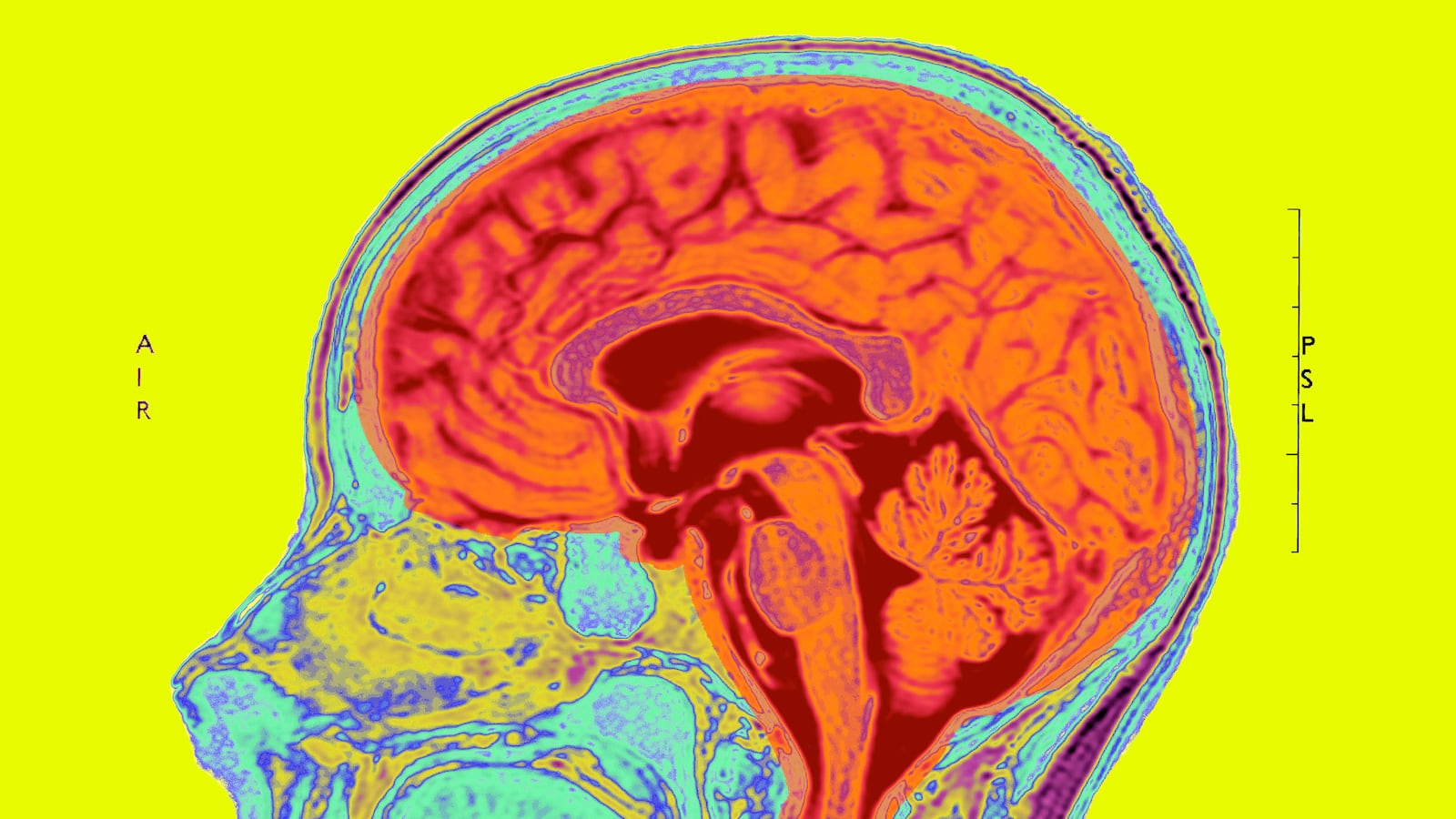You’ve got to feel a little bit sorry for the cerebellum. When most people think of the brain and its various functions, chances are it’s the cerebrum they think of. With its two hemispheres and layer of gray matter known as the cerebral cortex, this is the part of the organ responsible for “higher functioning,” like language and cognition. And it usually gets all the credit for doing our thinking.
But a fascinating paper published last month in the journal Neuron suggests that the cerebellum may play a more important role in shaping those higher functions than previously thought. It might be that dysfunction within the cerebellum at crucial moments in development may contribute to autism spectrum disorders (ASDs) and other neurodevelopmental disorders later in life.
Like the cerebrum, the cerebellum has two hemispheres, separated by a structure called the vermis. Though it makes up only about 10 percent of the brain’s mass, 50 percent of the brain’s neurons are found there. Its main role is commonly thought to be coordinating our movements. When I’m doing a neurological exam on a patient, I’ll check for damage to the cerebellum by testing patients’ balance and their ability to perform rapid alternating motions.
However, according to Dr. Samuel Wang and his co-authors, the cerebellum may play a much larger role in shaping our brains’ functions beyond our motor abilities. In a detailed review of existing research, Dr. Wang, an associate professor of molecular biology and neuroscience at Princeton University, puts forth the theory that the cerebellum is responsible for helping developing minds process complex sensory information necessary to form normal social relationships. In cases where something goes awry in this process, other structures in the brain are affected, and ASDs may result.
“Some of the clinical and animal-research evidence for cerebellar involvement in autism has been known for years,” Dr. Wang tells The Daily Beast. “But this evidence doesn't fit into the textbook wisdom that the cerebellum controls sensory processing and movement. At some level, researchers have been trapped by whatever framework they learned in college or graduate school.”
Thanks to modern mapping techniques, connections between the cerebellum and other parts of the brain are much better understood now than when prior theories about its function were being established. If there is damage to the cerebellum early in a child’s growth, including during the second and third trimesters of pregnancy, these “downstream” areas of the brain may not develop properly, including areas responsible for cognition. For children known to have a cerebellar injury at birth, Dr. Wang’s paper reports an increased relative risk for an ASD roughly equivalent to that of a smoker developing lung cancer.
An example given in the paper of how the cerebellum might aid in social development is a baby’s response to a parent’s smile. There is nothing innately rewarding in any particular expression, so the smile itself does not do anything to stimulate the parts of the brain that respond to rewards and trigger a change in behavior. But over time, the cerebellum coordinates the experience of seeing a parent smile, and other rewards like being fed, and forms a relationship between them. It helps connect the areas of the brain that see the smile with those that signal rewards, over time leading to the development of a child’s ability to understand the social cue.
Should this function be lost, those parts of the brain that control social behavior may not form proper connections, impairing normal development. In a manner not unlike the maladjustment seen in children raised in environments of extreme deprivation—like Romanian orphanages—if the information doesn’t arrive properly from the cerebellum, the regions of the cerebral cortex that help us with normal interpersonal relationships will not grow and develop as they should.
Moreover, according to the authors’ findings, there are important “sensitive periods” during which these connections are most vulnerable. Per their research, most of the evidence points toward prenatal factors in developing autism.
“The research evidence is consistent with the idea that by birth, nearly all of the risk that leads to ASD has already occurred,” Dr. Wang says. “There is certainly the possibility of postnatal risks, but to my knowledge the evidence for this is weak, and can usually be explained by some prenatal event.”
This is consistent with an earlier study in the New England Journal of Medicine that reported changes in the cerebral cortex in autistic children, likely from before they were born. It could be that those downstream abnormalities in cell development were due to improper signaling from the cerebellum.
“Because the risk factor from cerebellar injury is bigger than any other known environmental risk, we think this provides deep insight into the basic biology of how ASD brains go off track,” says Dr. Wang. “Problems in cerebellar function (whether caused by injury or genetic mechanisms) aren’t the cause of autism, but they are potentially a significant cause of autism.”
It may be that, by showing how various factors influence the cerebellum’s role in shaping brain formation, this new study can help direct future therapies for autistic patients.
“In the case of autism, the early-life cerebellum might be a target for future intervention,” concludes Dr. Wang. “Autism researchers have been hacking away at the genetics for years, but genes are a far cry from brain circuits. There’s such a gap between genes and child development. I hope our article can help bridge that gap.”




